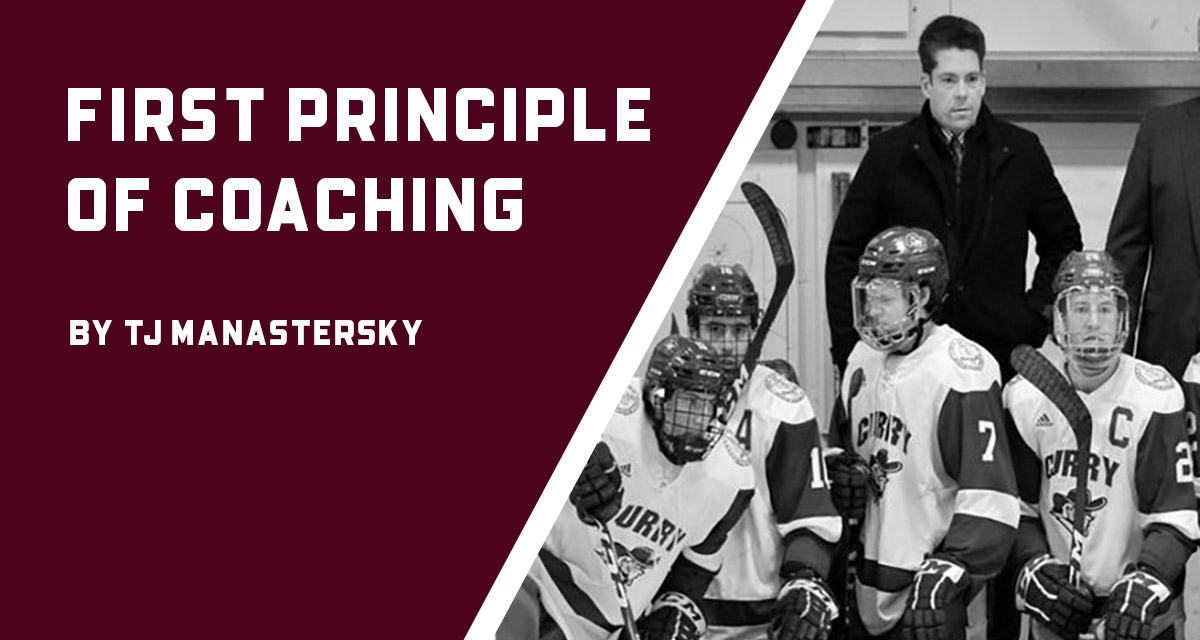
This article was written by TJ Manastersky, Assistant Coach at Union College.
The first principle of coaching is to help someone get from where they are, to where they want to go and to arrive safely.
The word, “coach” comes from the Hungarian word, “kocsi”
Kocs is a small Hungarian village that is known for building horse drawn carts, called “kosci”. These carts took people between Budapest and Vienna in the 15th century.
Kosci were designed to transport people from where they are to where they want to go. And of course, the people had an expectation they would arrive safely. It’s a beautiful metaphor for what a coach is meant to do.
Coaching is not something you do to someone – the athlete has to let you in to the relationship. Coaching is a partnership that requires commitment to putting the athlete first; it is their journey.
Confront the Gap
There is a gap between where an athlete is now and where they want to be in the future. We have an opportunity to impact the lives of our players by helping them confront the gap, bringing them closer to their goals.
In the video below, I share a simple framework for how you can guide players through goal setting exercise that is designed to effectively and deliberately move one closer to their ideal vision of themselves.
Responsibility of a Coach
The coach has a responsibility to create a safe environment. Not only do you need to take people where they want to go, they need to arrive safely. A coach has the power to facilitate a structure that supports athletes physically and psychologically.
From a development and performance perspective, your team should have the freedom to take risks, make mistakes, solve problems, and grow. The ideal environment is one that challenges and supports the athletes.
From a human health perspective, we want to recognize that it comes first. Human health is essential to high performance. Supporting mental wellness is not only the right thing to do, it’s a competitive advantage. Player development and high performing teams require healthy players. People who are in sound physical, mental, and social condition perform better.
There are 3 simple steps to support the mental health of athletes and leaders. Learning how to build an environment that supports mental health is an investment with infinite return.
Development requires being challenged so that growth can occur. If we can appropriately support our athletes then they will have the physical and mental readiness to be pushed beyond what they are capable of doing on their own. Regardless of level of play, the coach is the steward of the environment. It is within our control to make it a safe and enjoyable place where people are appropriately challenged and supported to improve while being fully connected to their teammates, coaches, and organization.
The article above was written by TJ Manastersky of Union College. You can learn more and connect further with TJ by clicking the links below:
- TJ Manastersky's IHS Contributor Page (includes drills, articles and additional content from TJ)
- Follow TJ on Twitter
- Subscribe to TJ's Coaching Project Newsletter
- Listen to the TJ's Coaching Project Podcast

